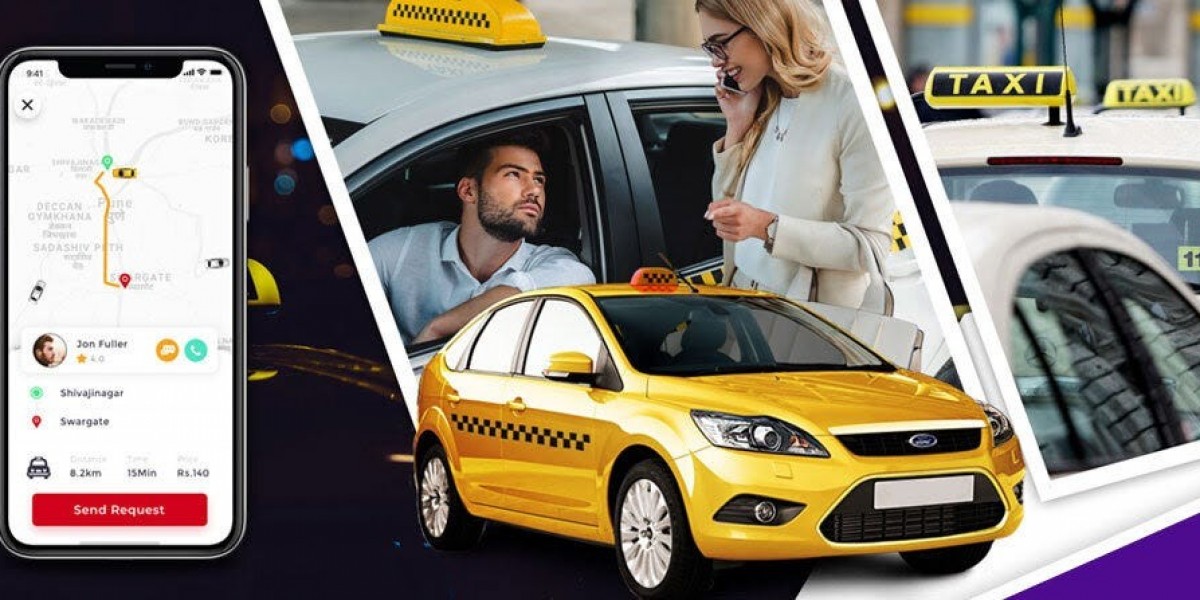Rewards, incentives and bonuses are essential tools for boosting engagement, improving performance and retaining experienced drivers. But when these programs are handled manually—through spreadsheets, calls or end-of-week reviews—they become time-consuming and inconsistent. Automation changes everything. With the help of platforms like https://mobion.tech/, taxi operators can set measurable performance criteria and reward drivers automatically based on real-time data.
Why Incentives Matter More Than Ever
Today’s drivers have more choices. Whether they work for traditional taxi companies, ride-hailing platforms or independent services, they expect transparency, fairness and opportunities to earn more. Businesses that fail to recognize top performers struggle with:
High turnover rates
Poor attendance during peak hours
Declining service quality
Disengaged or inconsistent drivers
Low acceptance of long-distance or less popular trips
Automated bonuses solve these issues by rewarding the right behaviors—on time, without dispute and with minimal administration.
Moving Beyond Manual Reward Systems
Traditional reward processes often lead to delays and inaccurate payouts. Dispatchers may forget to record bonus qualifications, or drivers might dispute eligibility due to incomplete logs. Manual systems also slow down decision-making and make drivers feel undervalued.
Automated incentive modules eliminate these problems by using clear rules, real-time tracking and instant calculations. Instead of waiting until month-end to review performance, drivers can see progress inside their apps and stay motivated throughout their shift.
With Mobion – Taxi dispatch & ride-hailing software for your business, automated rewards are linked directly to dispatch data, ride history, zones and time frames—ensuring accuracy and fairness on every payout.
Popular Incentive Types That Work Well with Automation
Each market may require different incentive strategies, but automation makes it easy to introduce and track multiple reward types at once. Common examples include:
Peak-hour bonuses:
Drivers working during morning and evening rush hours receive extra earnings for staying active when demand is highest.
Ride completion targets:
Drivers who complete a specific number of rides in a day or week automatically qualify for payouts.

Zone-based incentives:
If a city has underserved areas, bonuses encourage drivers to pick up passengers in those locations.
Low-cancellation performance rewards:
Drivers with high acceptance rates and low cancellations earn additional credit.
High-rating boosters:
Passenger feedback scores can trigger weekly or monthly incentives for drivers meeting quality criteria.
Retention and loyalty rewards:
Driver tenure, milestone rides or consistent attendance can all trigger automated bonuses.
These programs run in the background while the platform handles tracking and calculations without requiring a dispatcher’s oversight.
Real-Time Visibility for Drivers and Fleet Owners
Transparency is one of the biggest advantages of automated incentives. Drivers no longer need to guess how bonuses are calculated—they can track progress in real time through their apps.
Dashboards allow drivers to view:
How many rides remain to reach a reward
Earnings added through bonuses
Performance indicators such as cancellations, acceptance rates or peak-hours completed
Weekly or monthly incentive summaries
For managers and fleet owners, real-time visibility means they can monitor which incentives work best, when driver engagement increases and which bonus criteria drive the most impact.
Improving Dispatch Coverage and Fleet Efficiency
One of the hidden strengths of incentive automation is its impact on coverage balance. Instead of assigning drivers manually or dealing with empty zones, dispatchers can use bonus triggers to influence driver behavior.
If a particular area experiences high demand during certain hours, automated incentives can guide driver distribution without direct messaging or phone instructions. The result is better fleet utilization, faster pickups and fewer missed ride opportunities.
When integrated into dispatch platforms like https://mobion.tech/, incentives become a natural extension of fleet strategy, not just financial perks.

Rewarding Quality Service, Not Just Quantity
Rides completed are important, but service quality matters just as much. Automated systems let operators include customer ratings, complaint ratios and safety metrics as part of their incentive logic.
If a driver maintains excellent feedback while staying active during peak slots, they get rewarded accordingly. This increases professionalism and reduces passenger dissatisfaction. It also sets a positive standard for newer drivers entering the platform.
Reducing Administrative Costs and Disputes
The financial and operational strain of manual reward processing is often underestimated. Human error, miscommunication, payment delays and driver frustrations result in unnecessary conflict and extra workload.
Automation minimizes these risks. Drivers receive payouts based on data tracked directly through the platform—trip logs, GPS tracking, ride completions and ratings—leaving little room for argument. Payment is accurate, and administrative staff don’t have to manually calculate adjustments or respond to frequent inquiries.
Scaling Incentive Programs Across Cities and Fleets
As companies expand into new cities or add more vehicles, managing incentives manually becomes unsustainable. Automated systems scale effortlessly, applying rules across different zones, currencies, languages or fleet units without needing multiple departments.
Dispatchers and owners can run A/B tests, compare incentive models across regions and adjust criteria without downtime. If a bonus structure isn’t performing well, it can be modified instantly.
This flexibility helps both large fleets and smaller operations grow faster while maintaining driver satisfaction.
Incentives as a Strategic Tool, Not a Cost Burden
Many taxi operators worry that bonuses increase costs. In practice, well-managed incentives boost fleet utilization, reduce driver churn and improve trip completion rates—all of which generate higher income. Bonus spending becomes an investment, not an expense.
With real-time automation, you only pay for results that matter. Whether increasing peak-time availability, improving service ratings or reducing cancellations, every reward directly ties back to driver performance.
The future of driver motivation lies in smart software, not spreadsheets. Platforms built for this purpose let operators turn incentives into a growth engine rather than an administrative challenge.








